Dong Ho Painting Village (Lang Tranh Dong Ho)
Dong Ho Village with its famous paintings has become an aesthetic symbol in Vietnam Culture.
Location & History
Dong Ho Village, renowned for its vibrant paintings, has solidified its status as an aesthetic symbol in Vietnamese culture. Nestled along the left bank of the Duong River, Dong Ho has been creating its unique artwork for centuries. From over 100 families engaged in this craft during the 1950s, only a few remain dedicated to the traditional methods today. Many villagers have shifted their focus to the production of joss paper, the result of relaxed regulations that have reinvigorated religious practices once considered inappropriate in the revolutionary era. The Nguyen Dang Che and Nguyen Huu Sam families continue to operate their own galleries and support several artisans. Thankfully, the core essence of Dong Ho's artistic heritage persists and flourishes.
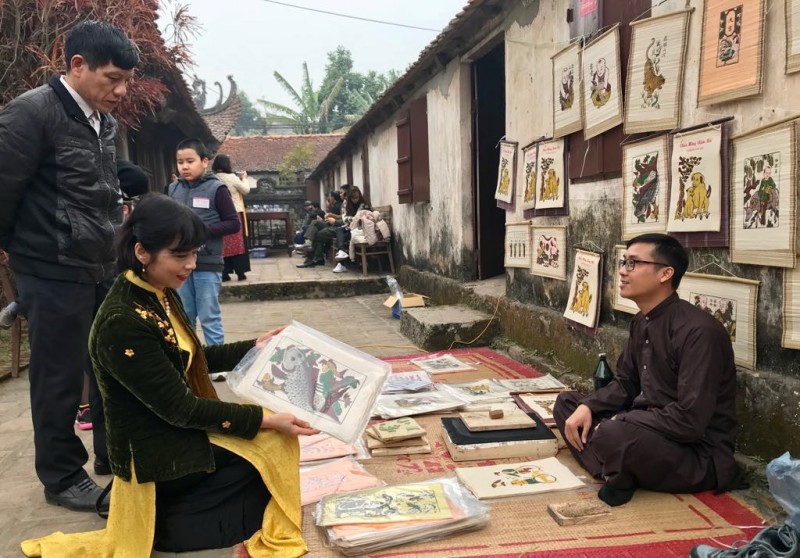 Photo : laodongthudo.vn
Photo : laodongthudo.vn
Arts & Symbols
Dong Ho paintings serve as a canvas for artists to express their wishes for prosperity and their interpretations of daily life in the village. Common themes include animals symbolizing good fortune, everyday scenarios such as Jealous Fight and A Market Day, and popular folk tales featuring characters like Saint Giong and The Frog Teacher. The paper employed for these paintings is crafted from tree bark, allowing for vibrant colors that last over time. Each family develops its own distinct mold, which is then replicated, each filled with a unique array of colors. The paintings are created by carefully stamping the molds onto the paper, layer by layer, to gradually bring the artwork to life.
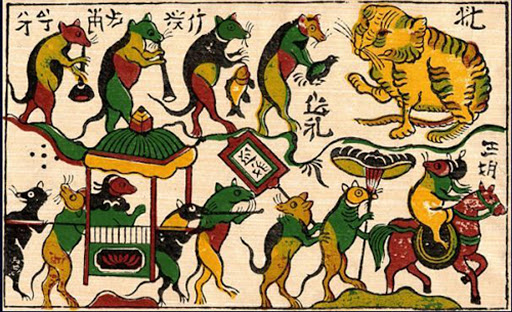 Photo : mavang.vn
Photo : mavang.vn
Dong Ho paintings are designed to be accessible, meaningful, and resonant with the masses. Historically, patrons comprised primarily agricultural and low-income families, some of whom were illiterate, making expensive art unattainable. However, the depth and significance of these paintings are anything but inferior; they encapsulate the dreams and realities of the people.
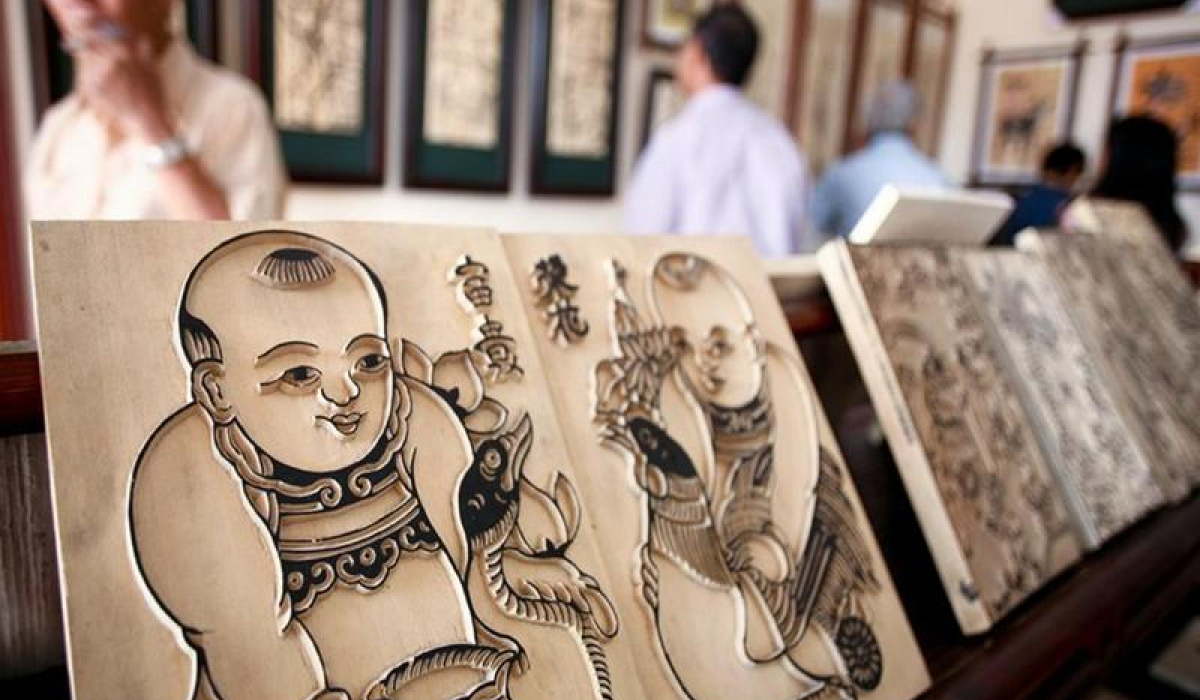 Photo : truyenhinhdulich.vn
Photo : truyenhinhdulich.vn
In recent years, Dong Ho has expanded its artistic offerings, introducing new products such as xylographs and mixed-media artworks.
Visitor Information
A visit to the Dong Ho families typically lasts 3-4 hours. For genuine art enthusiasts, it is advisable to bypass the more commercialized attractions, such as the Nguyen Dang Che tourist mill, and instead engage with the renowned but reclusive Nguyen Huu Sam or his son, Nguyen Huu Qua. Both are masters of the craft and can provide profound insights into the art of Dong Ho.
Useful Information
- Location: Bắc Ninh, Việt Nam
- Best for: Family, couple, solo
- Entrance: Free
- Hours: All hours
- Distance to city center: 15.4km (9.6 mi)
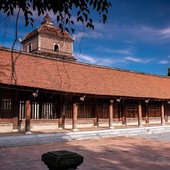
Dau Pagoda
Dau Pagoda, located in Thuan Thanh district, Bac Ninh province, is considered the oldest Buddhist pagoda in Vietnam according to researchers.
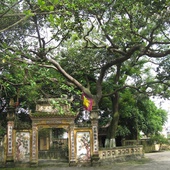
Viem Xa Village
If you do not visit Viem Xa Village, you miss half of Bac Ninh.

Dinh Bang Village Temple (Dinh Bang)
Dinh Bang village is best known to be the birthplace of Ly Cong Uan- the Great King who first chose Hanoi as the capital in 1010.








